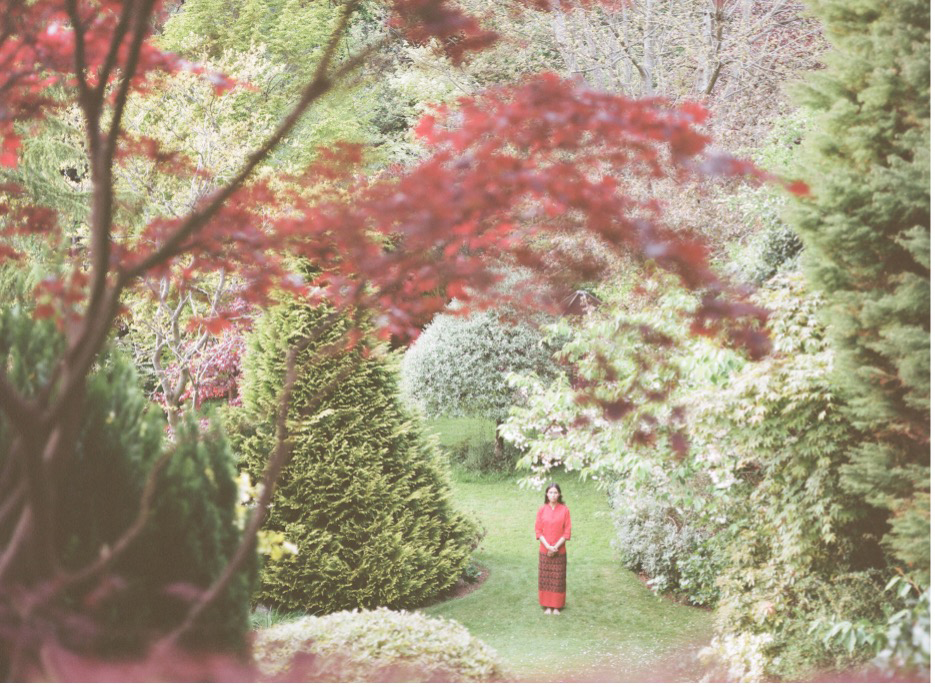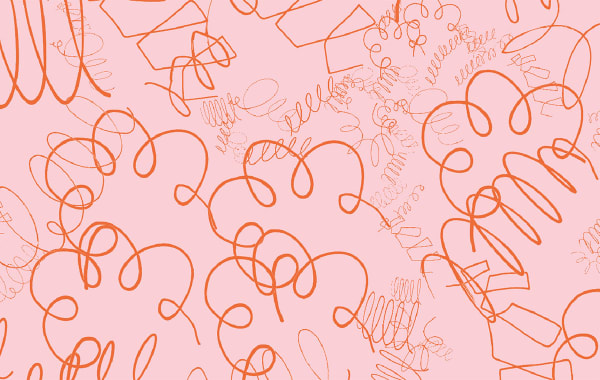MA Fine Art student Thuy Duong Nguyen looks to our 2022 graduates who explore their Southeast Asian heritages and homelands through their work.
There’s no denying the struggle students across the globe have faced because of the Covid-19 pandemic. As art students, the shift to online work was a challenge. Neither Teams, Skype or Zoom could offer a replacement for a studio space, and there was not always the room available for many to do their practice at home.
Perhaps that’s why the ability for art and design students to show their work in this year’s show felt all the sweeter. Central Saint Martins’ end-of-year show became a rewarding journey following the (we hope) end of the global pandemic. As an international student from Vietnam, I was particularly excited to see work by the students with Southeast Asian heritage delivering works telling the story of contemporary Southeast Asian society.
Approaching their artistic practice via a number of key theoretical issues that have surrounded the development of non-western countries, the work of students with Southeast Asian heritage positions their cultural backgrounds in the centre of their practice.
-

Natalie Sasiprapa Organ, BA Fine Art
-

Natalie Sasiprapa Organ, BA Fine Art
Natalie Sasiprapa Organ, BA Fine Art
Coming from a dual-language background, Natalie Sasiprapa Organ, a Thai-British student who graduated from BA Fine Art, presented short films played across multiscreen as a part of her installation. The films, The Entity of Luuk Sao and Tellings of(f) a Mae to her Luuk Sao take on themes of dual identity, with the artist making appearances in both. Wearing a red traditional Thai dress vividly contrasting with the bright yellow of her grandmother’s home, a location that is associated with her childhood, Sasiprapa tells the story of Luuk Sao (ลูกสาว), a word that implies and is positioned within womanhood. Through her films, Sasiprapa succeeds in creating nostalgic memory palimpsests.

Sitting next to the installation is Phuang Malai’s For all the Luuk Sao’s, a mixed media sculpture. Taking on the style of phuang malai – traditional Thai flower garlands which are a symbol for luck and respect – Sasiprapa’s work examines fragmented histories, which are made through shared rituals, stories and spiritual beliefs intended to reinforce kinship and affective bonds across generations.
Victoria Kosasie, BA Fine Art
Presenting a performance installation next to Sasiprapa’s work, Victoria Kosasie is an Indonesian artist graduating from BA Fine Art. Titled BASINS, the performance was selected as a finalist for the seventh biannual Bandung Contemporary Art Awards.
Kosasie’s work features the artist laying reluctantly along a wooden bench-like sculpture, with a basin containing water held attached above by its supporting pillars. The basin is connected by a tube to a water container lying underneath the wooden bench. Slowly, water fills up the basin and begins to trickle down onto the artist, who is playing the role of a daughter reading aloud a letter of her mother’s experiences and traumas.
The performance aims to redefine the role of motherhood in Indonesia following the country’s independence in 1949. By defining the complex roles of motherhood and the willingness of mothers to put the needs of the family and nation before their own, Kosasie is able to raise awareness of gender roles. Using multiple complementary approaches to the topic, Kosasie’s performance is, perhaps, a suggestion to the audiences to rethink what it means to be a mother.

Suksakaow Mahuttanatan, BA Textile Design
Thai textile designer Suksakaow Mahuttanatan embodies the artist’s twelve days of allergies caused by high levels of air pollution in Thailand through a series of twelve bright and colourful textile samples, using sensory textures to discuss environmental damage.
Collection Outcome No.12 is a garment in the form of a cape with eyes that can detect the level of carbon monoxide and total volatile organic compounds in its immediate surroundings. The work captivates viewers with its marvellous eyes, which were inspired by the irritated eye pattern caused by the allergy attack experienced when exposed to unsafe levels of pollution.
Graduating from BA Textile Design, Mahuttanatan’s work is playful, using unusual material choices such as carbon filters from air purifiers. She developed a monochrome ink and screen-print paste by extracting carbon from air pollution and dust. This monster-like figure has been a symbol of Suksakaow’s inner world evoking a still moment in time in the face of environmental destruction.
Tu Pham, BA Fine Art
Tu Pham, a Vietnamese artist graduating from BA Fine Art, lights up a dark space with vibrant disco balls and childlike, almost naive drawings in Be Free – Be You – Dit Me May.
The interactive installation uses Pham’s humorous drawings to keep viewers staying within the space. However, as their eyes adjust to the darkness, viewers begin to see phrases like ‘địt mẹ mày’ appear in the corner of the room. Translating to ‘fuck your mother’ in Vietnamese – one of the most insulting phrases in the language – the audience (if they spoke the language) would be caught off guard at a time where they begin to feel vulnerable.
-
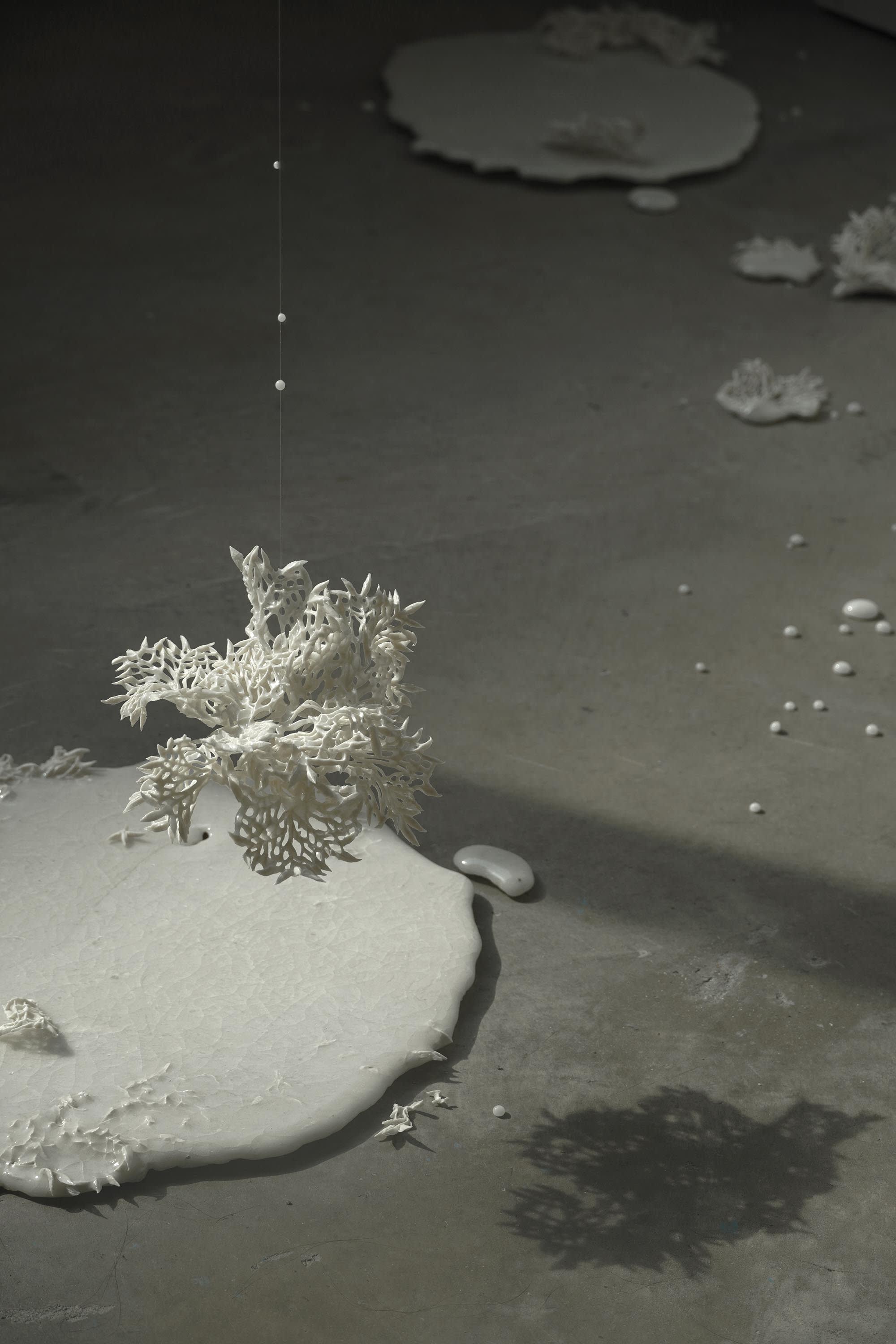
Shao Qi Tan, BA Ceramic Design
-
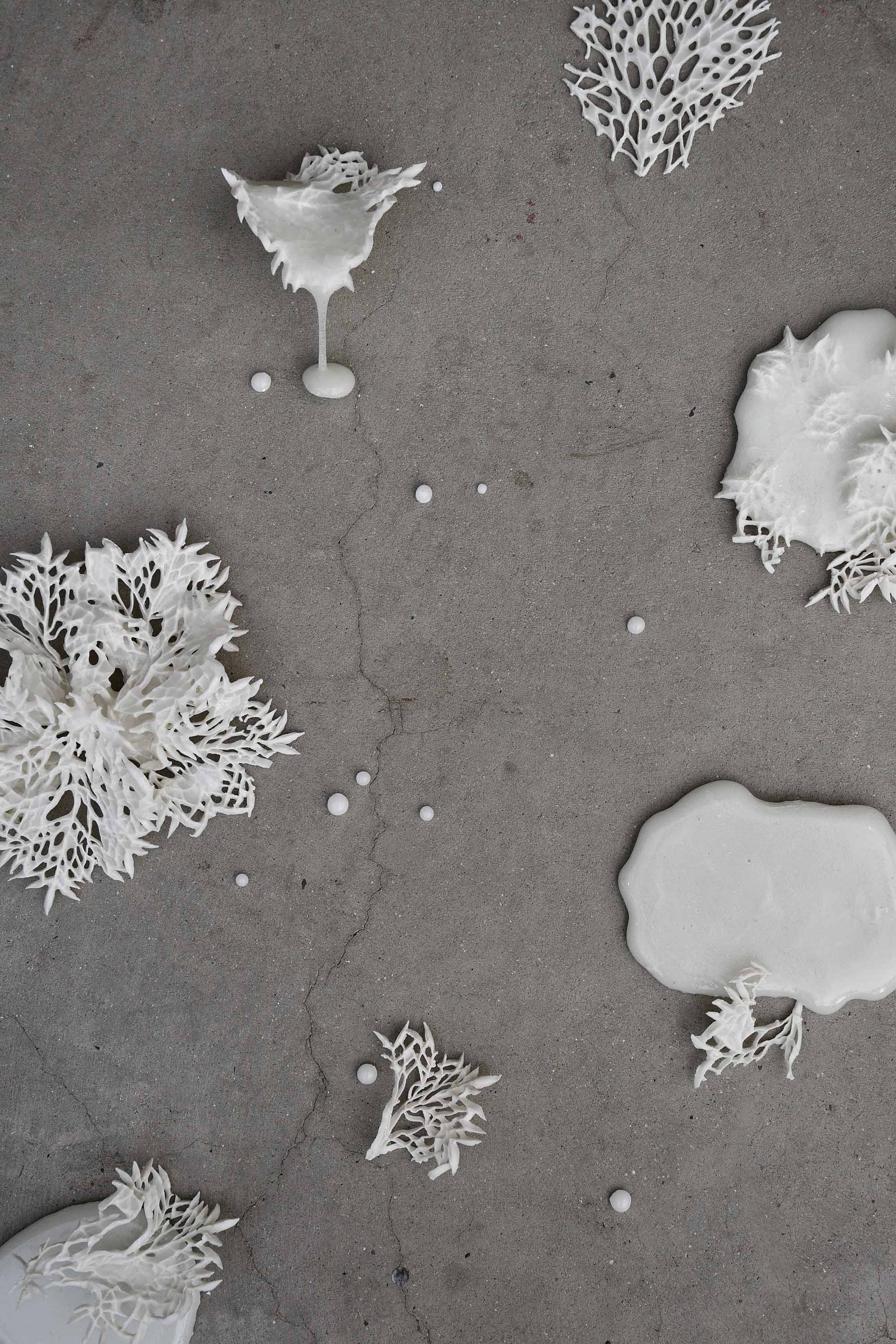
Shao Qi Tan, BA Ceramic Design
Shao Qi Tan, BA Ceramic Design
Graduating from BA Ceramic Design, Shao Qi Tan, a Singaporian presents a porcelain installation, In Flux. The work appears like an island covered in coral, a white agglomerate that is fragile and luminous to a point of being almost translucent. The series of fragile sculptures are a part of the installation titled 7 O'Clock, which hang above the gallery floor. These fragile pieces are in contrast with Dew, a series of large and solid sculptures that lay on the ground.
Embroidering between strength and fragility, In Flux investigates the fragile yet enduring nature of porcelain, which was first created in China during the rule of the Han Dynasty. Juxtaposing art, craft and research at the heart of her project, Tan’s work gained recognition through the MullenLowe NOVA Award, where she was named the Runner-Up.

Anna Termtanasak, BA Textile Design
Anna Termtanasak, a Thai designer who has graduated from BA Textile Design exhibited Dek Thai in London, a raincoat that uses waterproof fabrics as the main material to combat the UK’s damp, wet, and cold weather.
Upon closer observation, viewers see a merging of motifs recognisable from rides on London tubes and traditional decoration on Northern Thai fabrics. Anna’s graduation work served as an entry point allowing further exploration of using textile to create her own narrative. Dek Thai – from the title Dek Thai in London – translates to ‘Thai Student’, referencing Anna's own experiences as a curious teenager and student, who experienced culture shock when she first arrived in London.
-
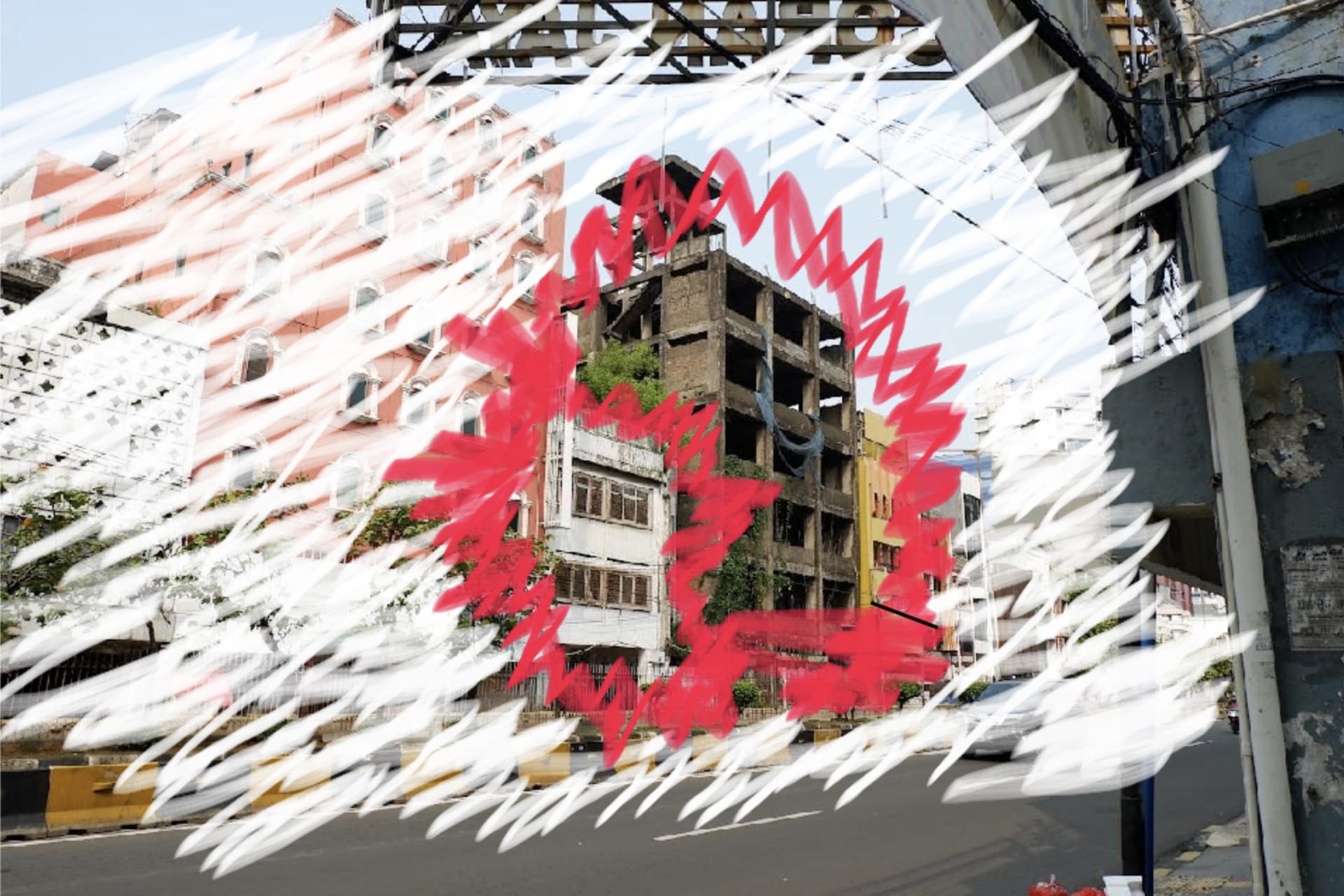
Kanya Pratita Wanaditya, MA Applied Imagination
-
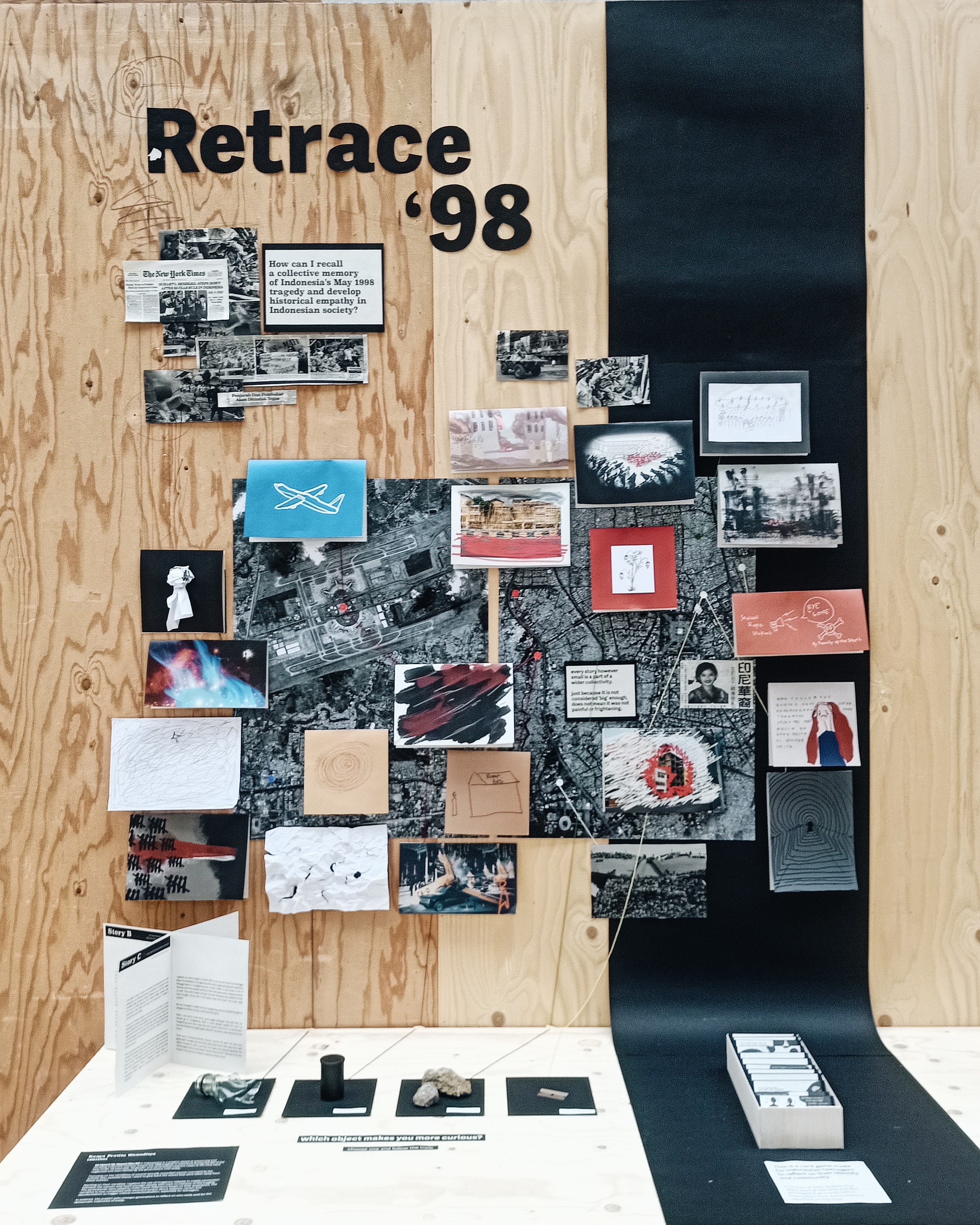
Kanya Pratita Wanaditya, MA Applied Imagination
Kanya Pratita Wanaditya, MA Applied Imagination
Kanya Pratita Wanaditya, a creative practitioner from Indonesia with a background in architecture and set design, graduated from MA Applied Imagination with a project titled RETRACE’98. A research aimed at preserving and recalling collective memory around the 1998 tragedy in Indonesia during the fall of the New Order dictatorship, RETRACE’98 displays objects from glass bottles, to stones, blades and film reels.
Each object is mapped out looking like a patchwork evidence board, with pictures and information linked together with white and red string. Wanaditya’s work focuses on telling the stories of several sexually assaulted Chinese-Indonesian women, revealed through pictures of evidence of the weapons used. Revealing history through the retelling of violent scenes, Wanaditya highlights the historic tragedy to the young Indonesians of today, reminding them who paid the price for today’s democratic freedoms.
Coming from Southeast Asia and graduating in the twilight period of the Covid-19 pandemic, the artists, designers and thinkers have created work that takes different focal points, perspectives, and experiences, but creates a collective feeling of urgency and of turning to new ways of living.
